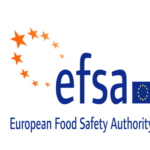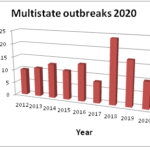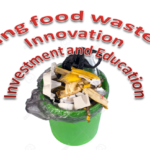A recent report by the EFSA and the European Centre for Disease Prevention and Control, presented the results of zoonoses monitoring activities conducted in 2019 in 36 European countries. The most-reported zoonosis in humans was campylobacteriosis, representing 50% of the cases, followed by salmonellosis. The number of cases of these two diseases was stable during 20`5-2019. The third most reported zoonosis in humans was Shiga toxin-producing Escherichia coli (STEC) infection, which increased from 2015 to 2019. Yersiniosis was the fourth most reported in 2019, with a stable trend in 2015–2019. Listeriosis cases followed and remained stable in 2015–2019 after a...
ruth
Like every year, the CDC reported about the major multistate outbreaks due to foodborne illnesses that occurred in 2020. For 2020 the CDC has recorded on its website ten foodborne outbreaks. This number is one of the lowest outbreak numbers, perhaps due to the focus on covid-19 this year. The first outbreak concluded on April 22, 2020, and was due to E. coli O103 in Clover Sprouts, it was traced to raw sprouts on sandwiches sold by Jimmy John’s restaurants. The second outbreak was due to Enoki Mushrooms from Korea and sold by H&C Food Inc., Guan’s Mushroom Co., and...
ruth
This year was unlike any other, most of us and the food industry may be able to breathe a sigh of relief after enduring one of the most challenging years. The year saw massive disruption in the food supply chain. Most of the food sectors and their workforce have been designated as essential. The demand for foods has grown dramatically in retail stores while the use of food products destined for foodservice declined sharply. The coronavirus pandemic caused broken supply chains, lack of inventory, and financial losses for some industry sectors. The FDA had announced the coming of a new...
ruth
Imagine if you left the supermarket every time you took one-third of your shopping and threw it straight into the trash. Wasting so much food sounds like something only the crazy would do, but that’s what happens on our planet every day. How is it possible that such significant quantities of our vital sustenance end up squandered? Of what is grown as perishable foods, over 45% never ends up being consumed. 34.7% of fresh fish and seafood is lost or wasted. Even though dairy products are the least wasted of all foods, the reality is that 17.1% of all milk...




